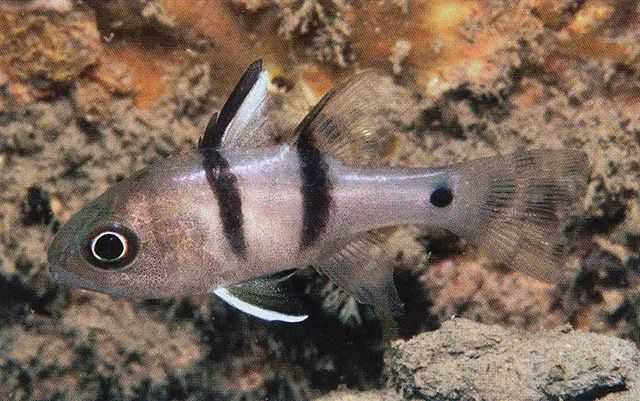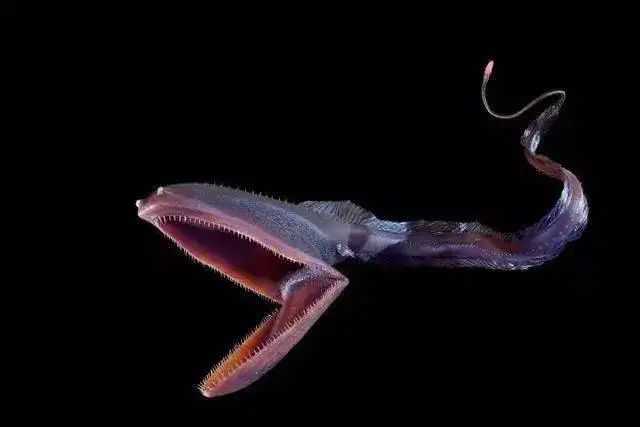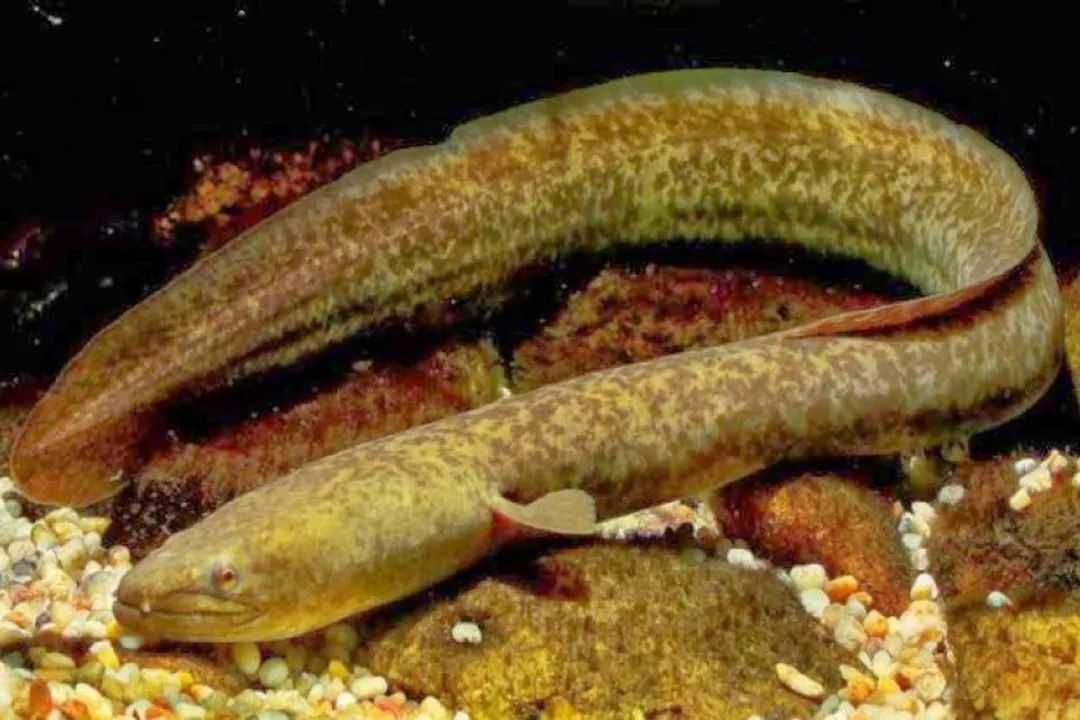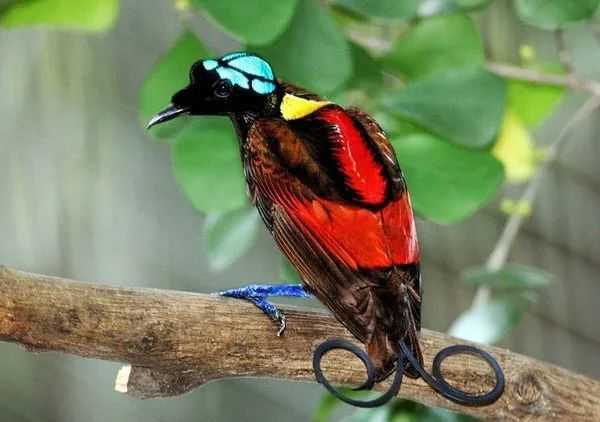Growing up to 8 centimeters in length, the pendant-banded cardinalfish is characterized by large, round eyes adapted for low-light activity, a trait common among nocturnal reef dwellers. Its dorsal fin is divided into two distinct parts: the first with sharp spines for defense, and the second with soft rays for maneuverability. By day, it seeks shelter in coral crevices, rocky outcrops, or among the protective fronds of sea fans and gorgonians, emerging at night to feed on zooplankton, small crustaceans, and tiny invertebrates. This species often forms small groups or pairs, relying on its cryptic coloration to avoid detection by larger predators such as groupers and barracudas.
Distributed from the Red Sea and East Africa to the waters of Japan, Indonesia, and Australia, Apogon kiensis plays a crucial role in reef ecosystems as a mesopredator, regulating populations of small invertebrates while serving as a food source for larger fish. While not commercially fished for human consumption, it is occasionally collected for the aquarium trade, appreciated for its vibrant colors and peaceful nature in reef tanks. However, it faces significant threats from coral reef degradation, driven by climate change, pollution, and destructive fishing practices. The loss of coral habitats reduces available shelter and food sources, impacting both juveniles and adults. Conservation initiatives, including the establishment of marine protected areas and sustainable reef management, are essential to safeguard this species and the fragile ecosystems it inhabits. As a symbol of the intricate web of life in tropical reefs, Apogon kiensis underscores the urgent need to protect these biodiverse environments for future generations.










